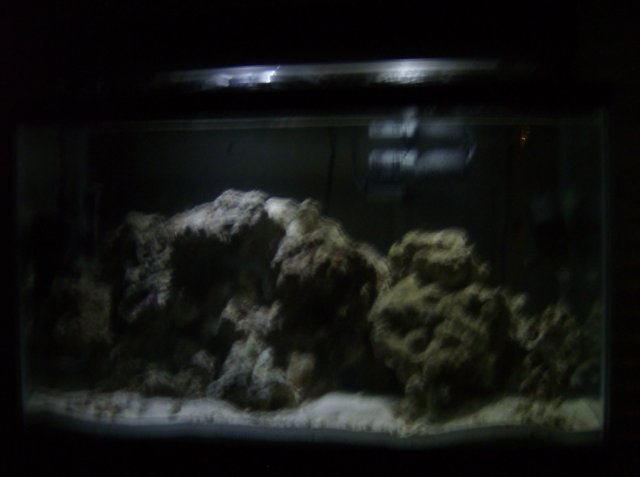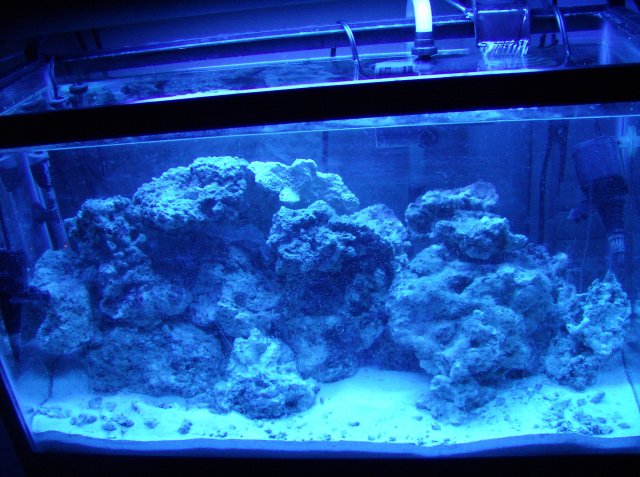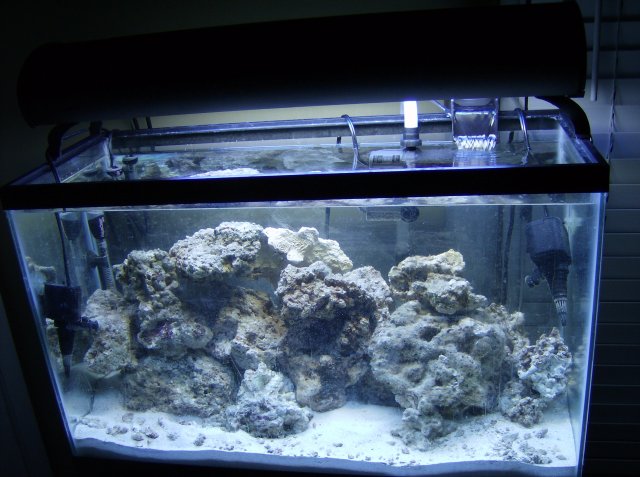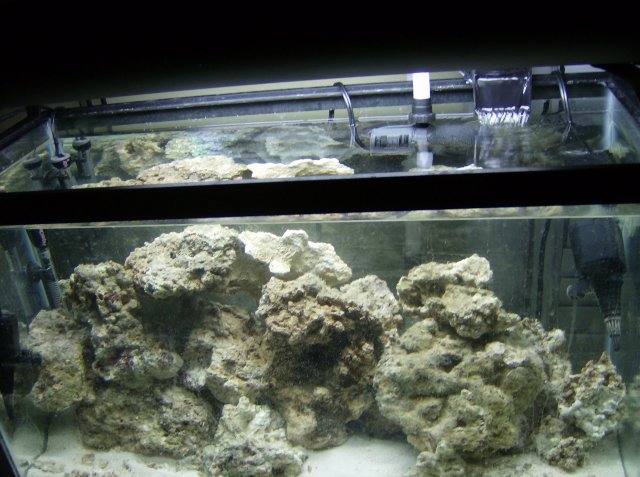LONG ISLAND TAPWATER
CREDITS BELOW
Contaminant (Units) Date
Sampled MCL MCLG Max. Amount
Detected
Range:
Low – High Typical Source
CREDITS BELOW
Contaminant (Units) Date
Sampled MCL MCLG Max. Amount
Detected
Range:
Low – High Typical Source
Barium (ppb) 10/06 2000 2000 22 2.0 – 22 Naturally occurring
Chlorides (ppm) 10/06 250 N/A 16.4 8.3 – 16.4 Naturally occurring or indicative of road salt contamination
Iron (ppb)
Chlorides (ppm) 10/06 250 N/A 16.4 8.3 – 16.4 Naturally occurring or indicative of road salt contamination
Iron (ppb)
7 10/06 300 N/A 990 110 – 990 Naturally occurring
Manganese (ppb) 8 10/06 300 N/A 122 ND – 122 Naturally occurring
Nickel (ppb) 10/06 100 N/A 4.3 2.4 – 4.3 Naturally occurring
Nitrates as N (ppm) 10/06 10 10 0.04 ND – 0.04 Erosion of natural deposits; runoff from fertilizers and septic tanks.
Sodium (ppm) 9 10/06 None N/A 14 6.0 – 14.0 Naturally occurring; road salt; water softeners
Sulfate (ppm) 10/06 250 N/A 29.1 5.0 – 29.1 Naturally occurring
Turbidity (NTU units) 10/06 5 N/A 1 ND – 1.0 Soil runoff
Zinc (ppm) 10/06 5 N/A 0.05 ND – 0.050 Naturally occurring
Manganese (ppb) 8 10/06 300 N/A 122 ND – 122 Naturally occurring
Nickel (ppb) 10/06 100 N/A 4.3 2.4 – 4.3 Naturally occurring
Nitrates as N (ppm) 10/06 10 10 0.04 ND – 0.04 Erosion of natural deposits; runoff from fertilizers and septic tanks.
Sodium (ppm) 9 10/06 None N/A 14 6.0 – 14.0 Naturally occurring; road salt; water softeners
Sulfate (ppm) 10/06 250 N/A 29.1 5.0 – 29.1 Naturally occurring
Turbidity (NTU units) 10/06 5 N/A 1 ND – 1.0 Soil runoff
Zinc (ppm) 10/06 5 N/A 0.05 ND – 0.050 Naturally occurring
Physical Parameters & Unregulated Substances
Contaminant (Units) Date
Sampled
Maximum
Amount Detected
Range:
Low – High Typical Source
Sampled
Maximum
Amount Detected
Range:
Low – High Typical Source
Alkalinity (ppm) 10/06 47.8 31.6 – 47.8 N/A
Aluminum (ppb) 10/06 121 12 – 121 Naturally occurring
Calcium (ppm) 10/06 21 16.3 – 21.0
Naturally occurring; water treatment
additive
Calcium Hardness (ppm) 10/06 49.5 40.8 – 49.5 N/A
Color (units) 10/06 5 ND – 5
Presence of metals such as copper, iron
and manganese
Corrosivity (Langlier Index)
Aluminum (ppb) 10/06 121 12 – 121 Naturally occurring
Calcium (ppm) 10/06 21 16.3 – 21.0
Naturally occurring; water treatment
additive
Calcium Hardness (ppm) 10/06 49.5 40.8 – 49.5 N/A
Color (units) 10/06 5 ND – 5
Presence of metals such as copper, iron
and manganese
Corrosivity (Langlier Index)
12 10/06 -1.77
(0.51) –
(-1.77)
N/A
Hardness, Total (ppm) 10/06 62.2 45.6 – 62.2 N/A
Magnesium (ppm) 10/06 4.4 0.8 – 4.4 Naturally occurring
Odor (units) 10/06 1 ND – 1
Natural sources; Organic or inorganic
pollutants originating from municipal or
industrial discharges.
pH (units) 13 10/06 9.1 7.0 – 9.1 N/A
Silica (ppm) 10/06 19 ND – 19
Naturally occurring; water additive used
to control discolorations due to iron.
Strontium (ppb) 10/06 54 ND – 54 Naturally occurring
Temperature (oF) 10/06 69 55 – 69 N/A
Total Dissolved Solids [TDS] (ppm) 10/06 116 84 – 116 N/A
(0.51) –
(-1.77)
N/A
Hardness, Total (ppm) 10/06 62.2 45.6 – 62.2 N/A
Magnesium (ppm) 10/06 4.4 0.8 – 4.4 Naturally occurring
Odor (units) 10/06 1 ND – 1
Natural sources; Organic or inorganic
pollutants originating from municipal or
industrial discharges.
pH (units) 13 10/06 9.1 7.0 – 9.1 N/A
Silica (ppm) 10/06 19 ND – 19
Naturally occurring; water additive used
to control discolorations due to iron.
Strontium (ppb) 10/06 54 ND – 54 Naturally occurring
Temperature (oF) 10/06 69 55 – 69 N/A
Total Dissolved Solids [TDS] (ppm) 10/06 116 84 – 116 N/A
Water Information Sources
New York State Department of Health
1-518-402-7713 • www.health.state.ny.us
Nassau County Health Department
516-571-3323 • www.co.nassau.ny.us/health
New York State Department of Public Service
1-800-342-3377 • www.dps.state.ny.us
US Environmental Protection Agency
Safe Drinking Water Hotline
1-800-426-4791
American Water Works Association
Water Quality Association









